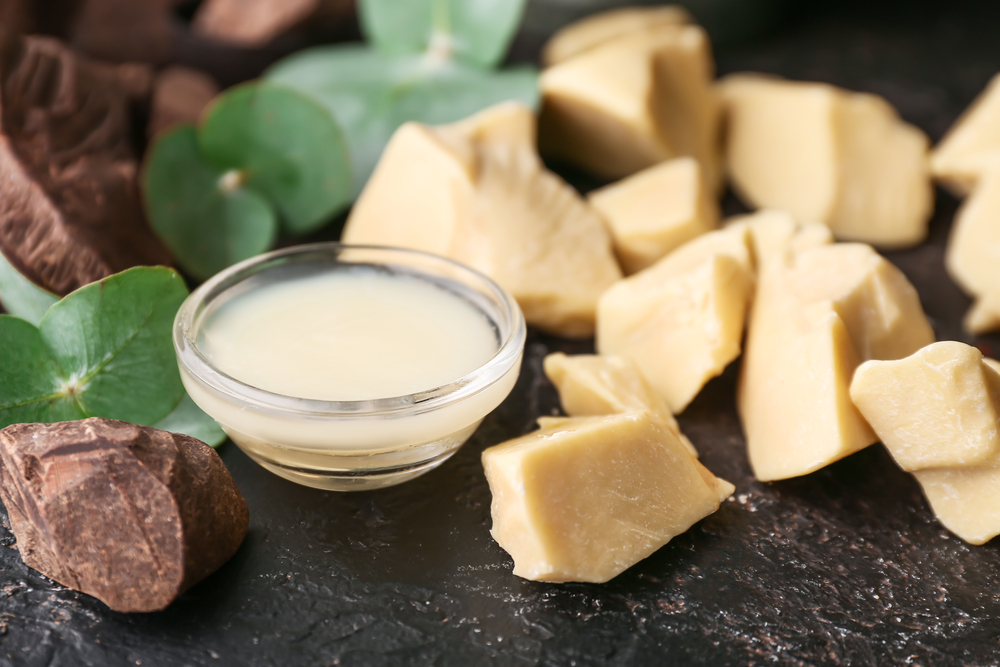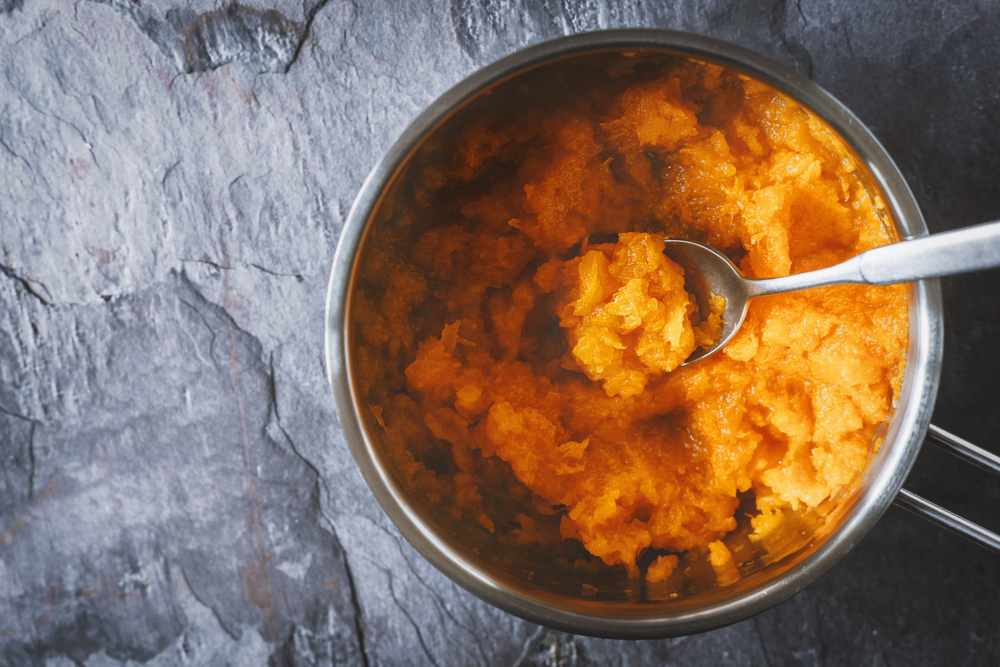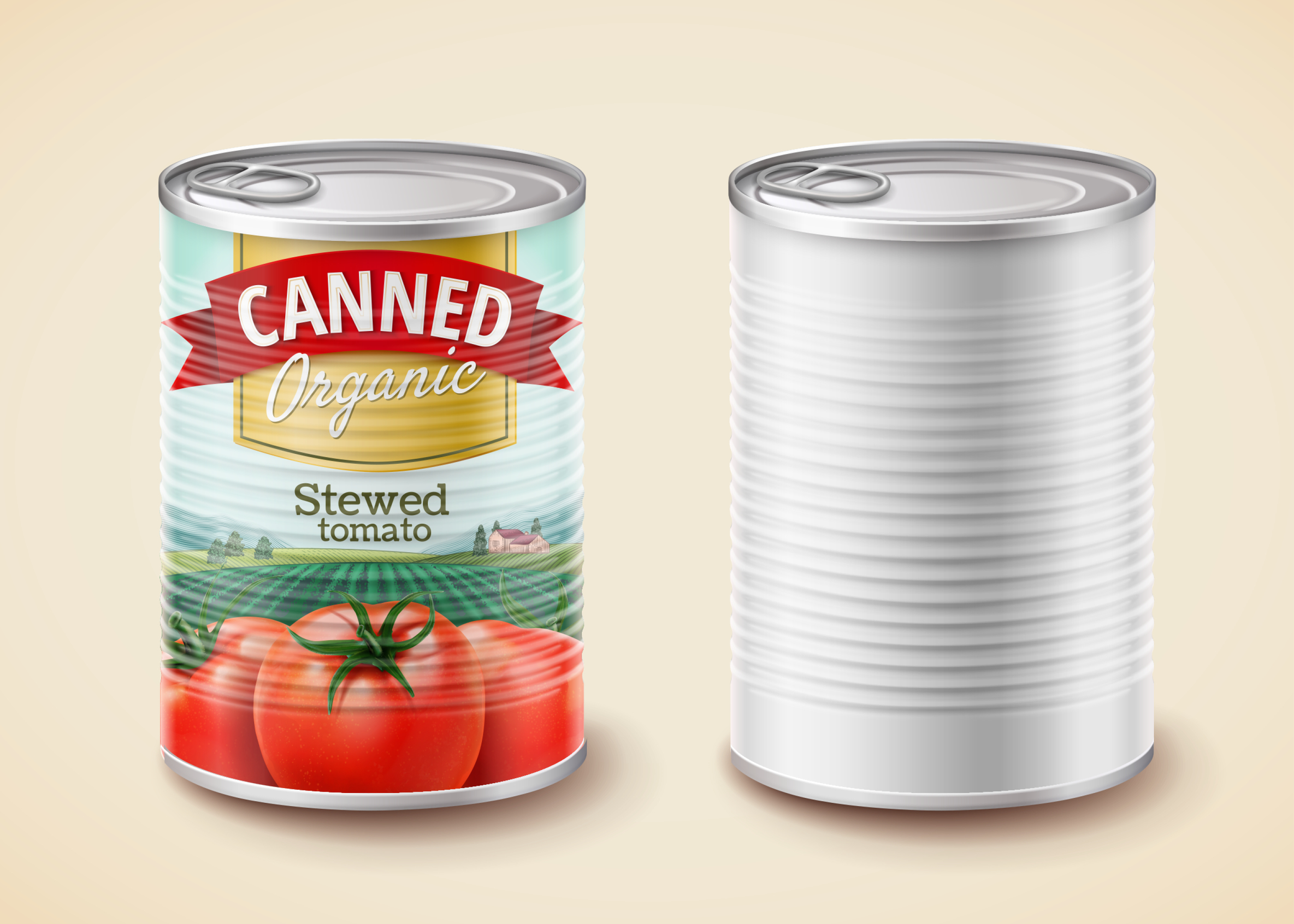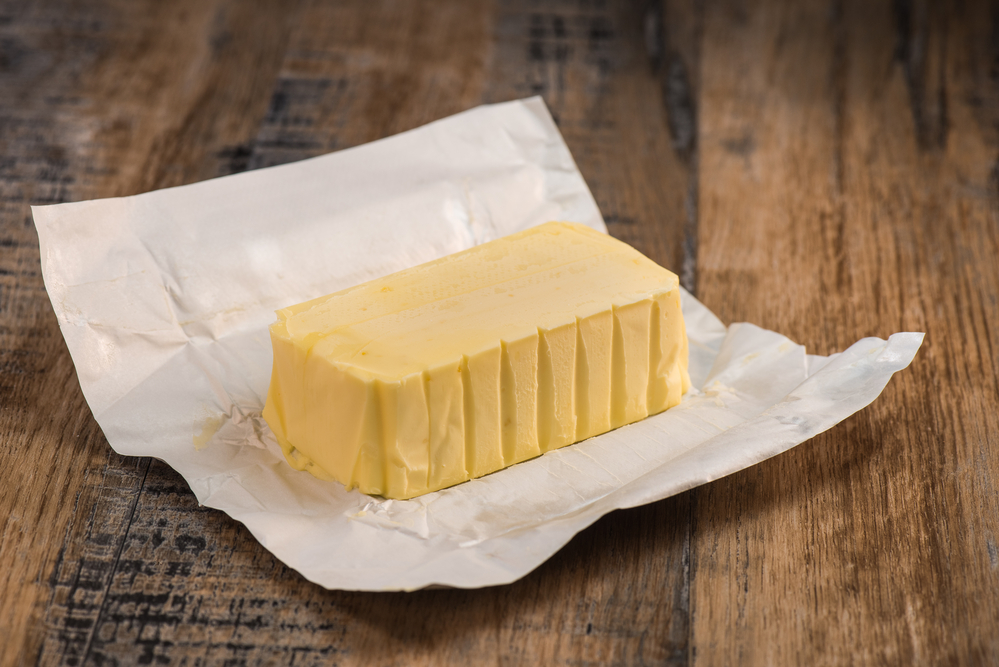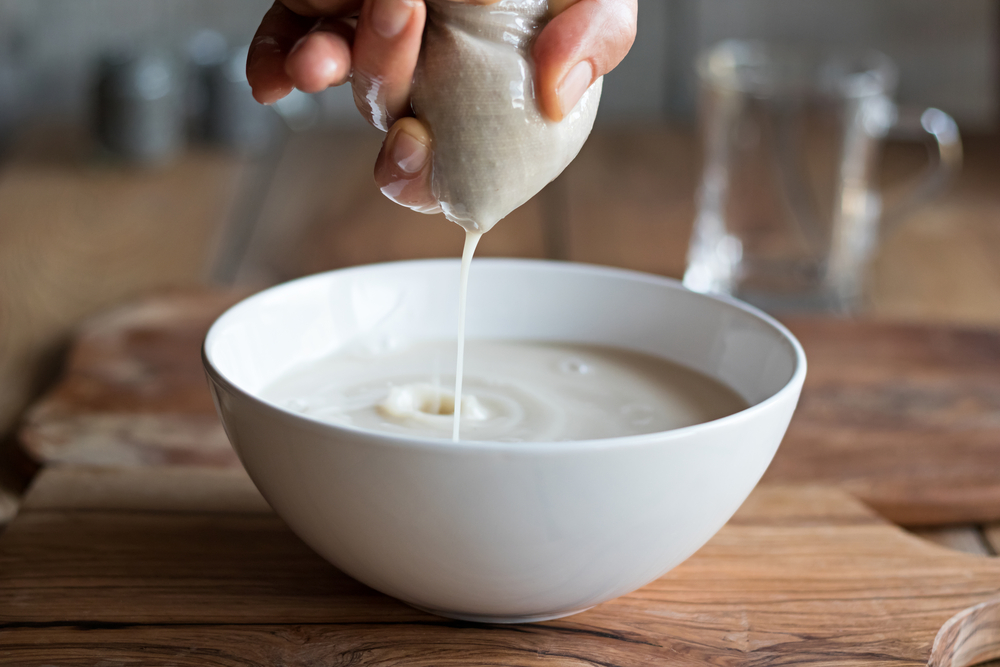Fresh cranberries can easily be found in grocery stores around the fall and winter holidays, but not so much during other times of the year.
If you’re looking to make a recipe that calls for fresh cranberries in say, July, you may need to substitute dried or frozen cranberries instead.
The good news is that it’s quite easy to substitute dried cranberries for fresh, whether or not you decide to rehydrate them.
We’ll go into a couple of different ways you can substitute. Let’s get into it!
Substituting Dried Cranberries for Fresh Cranberries
There are 2 ways of substituting dried cranberries for fresh ones: without rehydration and with hydration.
No products found.
Without Rehydration

If you choose to substitute dried cranberries for fresh ones without rehydrating them they work best when used in baked goods where they may not be the main ingredient.
If you’re working to make a pie or cranberry sauce, it’s best to use fresh or rehydrated dried cranberries. You should not use dried cranberries in sauces.
You can easily substitute dried cranberries for fresh cranberries in baked goods with very few extra steps.
There is a ¼ cup measurement difference between dried and fresh cranberries. So, if you have a recipe that calls for 1 cup of fresh cranberries, use ¾ cup of dried cranberries.
This is due to the concentrated flavor and sweetness that dried cranberries provide.
With Rehydration
Rehydrating dried cranberries is incredibly easy, if not slightly more time-consuming. It’s as easy as pouring water into a bowl.
Rehydrated dried cranberries can be substituted for fresh cranberries in a number of recipes including sauces. If you don’t have fresh cranberries on hand, you can easily rehydrate dried cranberries for your cranberry sauce.
Rehydrated dried cranberries are an excellent substitute for fresh cranberries. Dried cranberries have a long shelf life, and you can just rehydrate as many as you need whenever you want.
Steps for Rehydration of Dried Cranberries
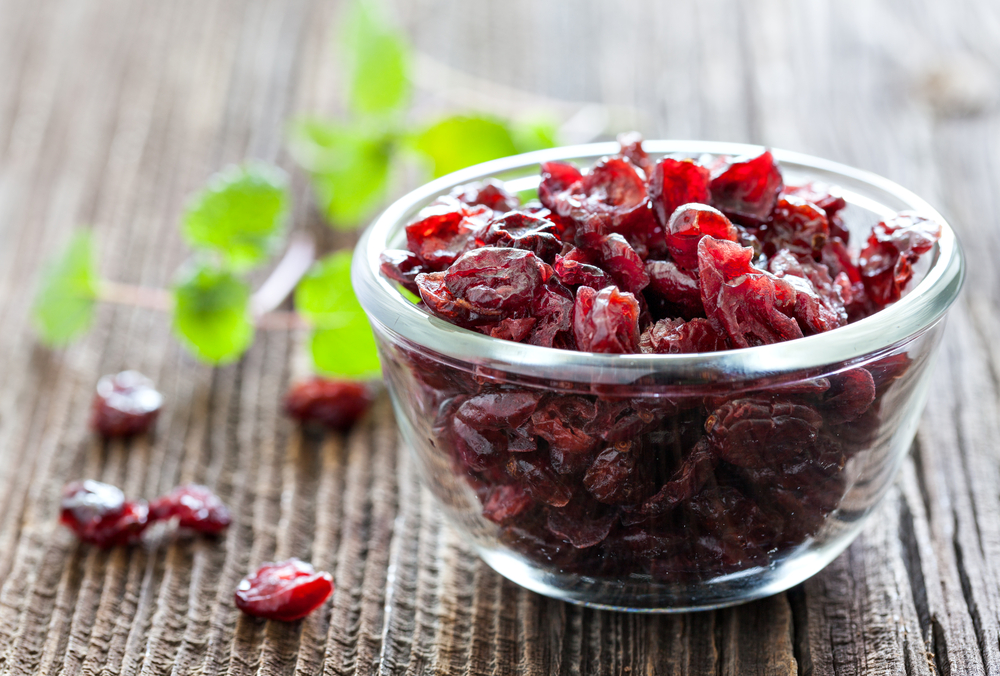
Step 1
Measure the amount of dried cranberries needed for your recipe. The conversion rule still applies here: ¾ cup of dried cranberries is the equivalent to 1 cup of fresh cranberries.
Place your measured cranberries into a large glass bowl, keeping in mind that they will expand as they rehydrate.
Step 2
Pour boiling water over your dried cranberries, covering them completely. They should be completely covered so that they have a chance to absorb all of the water.
Cover your bowl tightly with plastic wrap to trap in the steam and heat from the water.
Step 3
Set a timer for 30 minutes, and check the water level with your cranberries at each 10-minute interval. Depending on how dry and old your dried cranberries are, some may rehydrate faster than others.
You will know your dried cranberries are rehydrated when they are plump and round – similar to fresh cranberries.
Step 4
Drain your cranberries over the sink with a colander or strainer. Discard any leftover water used to rehydrate.
Your newly rehydrated dried cranberries are ready to go!
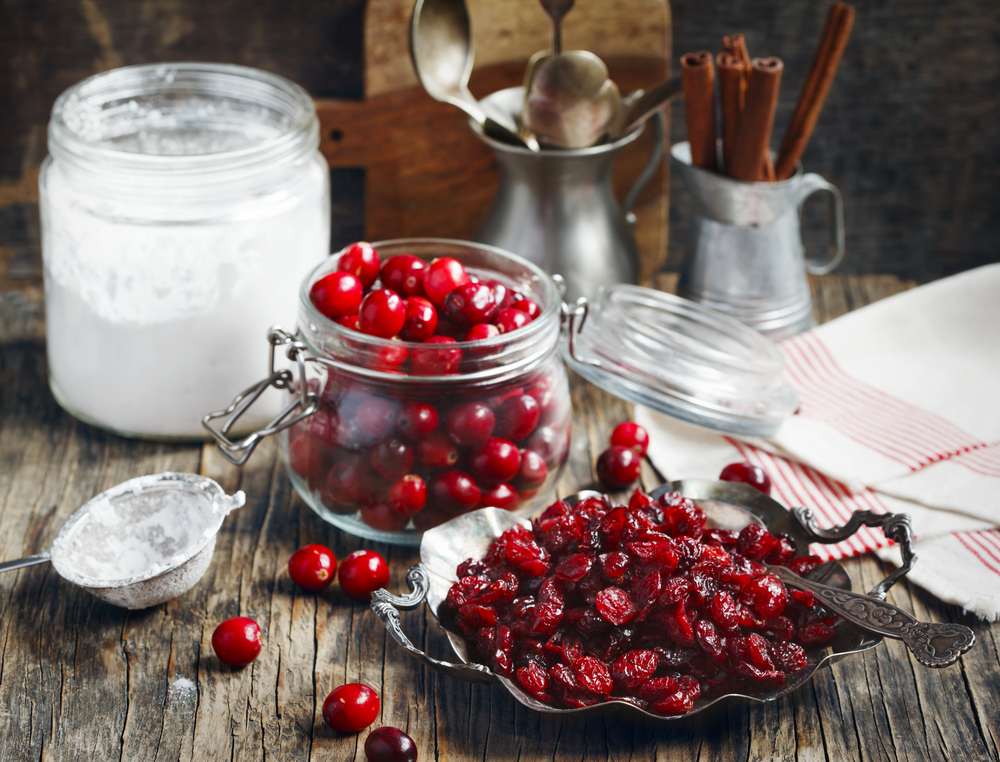
Differences After Rehydrating
Keep in mind that the original drying process of cranberries adds sugar, so your rehydrated cranberries will have a higher sugar and calorie count than if you had just used fresh cranberries. You may need to adjust your recipe as such to compensate.
Fresh cranberries are very high in ascorbic acid (Vitamin C) which gives them their extremely tart flavor. Dried cranberries (and ones that have been rehydrated) lose this acidity and much of their tartness. There is also usually added sugar in dried cranberries.
To compensate for these flavor differences, you can add a bit of lemon juice to your recipe. This will add both acidity and a bit of tartness to your dish.
Tip: It’s good to keep in mind that the cook-time for dried cranberries versus fresh ones may differ, as fresh cranberries take slightly longer to cook than dried.
Differences Between Dried and Fresh Cranberries
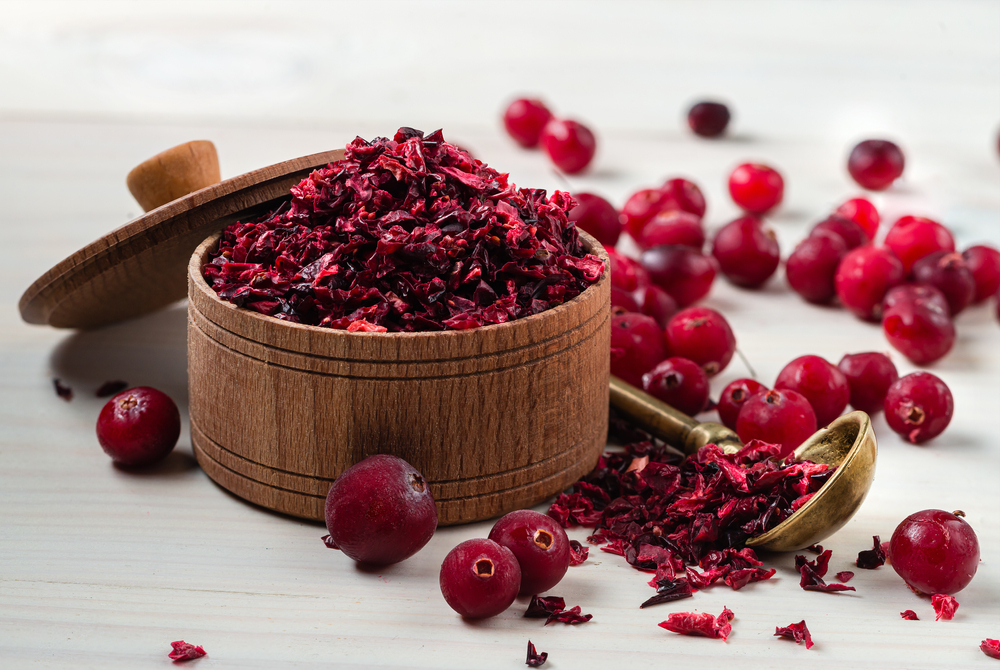
Before we get into substitution it’s important to note the differences between dried and fresh cranberries.
No products found.
Sugar Content
Dried cranberries are more concentrated in taste and sugar content than fresh cranberries because the water in them has been removed.
So if you were to replace dried cranberries with fresh ones, for instance, you would want to add ⅛ cup of sugar per 1 cup of fresh cranberries to compensate for the difference.
Sugar Content in Rehydration
This difference is important to keep in mind if you want to rehydrate dried cranberries. Some people like to rehydrate dried cranberries with fruit juice, such as apple juice.
If you don’t mind the higher sugar content, fruit juice can be a delicious ingredient for rehydrating dried cranberries.
If you have a sugar allergy or you don’t want a highly sugary taste, it’s best to stick with plain water.
Water Content
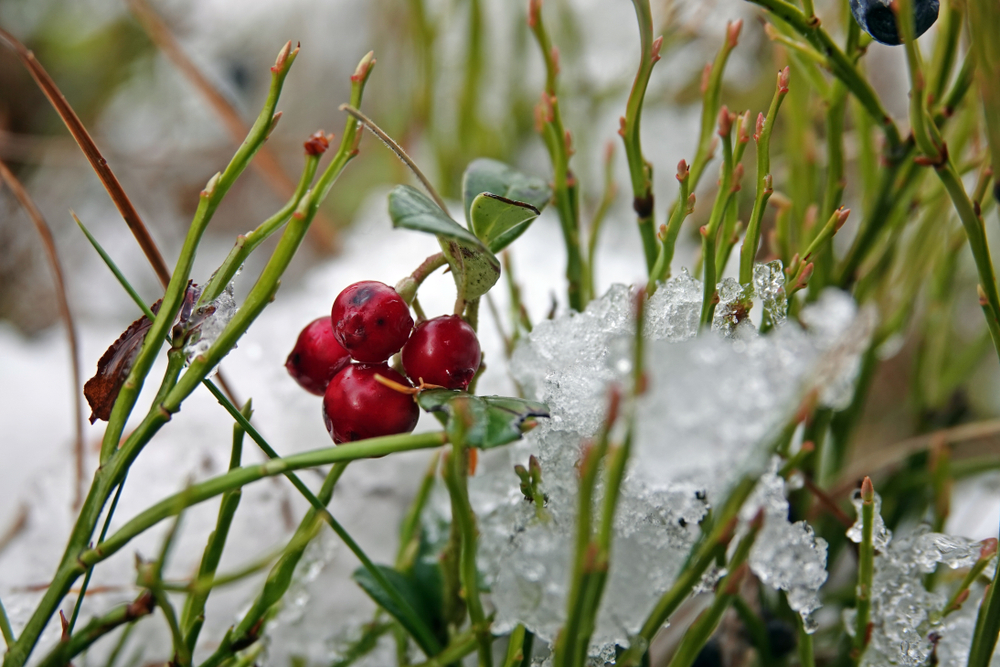
There’s obviously a stark difference in water content when it comes to dried cranberries versus fresh cranberries.
When using dried cranberries in place of fresh cranberries you may need to either rehydrate them or add additional water to your recipe to compensate for the flavor and consistency.
You can also freeze fresh cranberries or those that have been rehydrated. Rehydrated dried cranberries will still keep well enough to use in a month or two.
Fresh cranberries that have been frozen will keep for up to a year. You should not thaw them before cooking.
Taste
Fresh cranberries are high in ascorbic acid (Vitamin A) making them very tart. The process of drying cranberries causes them to lose their acidity and much of their tartness.
Many drying processes also add sugar to cranberries, making dried cranberries much sweeter than fresh cranberries.
No products found.
These are all things to take into account when deciding whether or not to substitute dried cranberries for fresh ones.
Closing Thoughts
Using dried cranberries for fresh is an incredibly simple process, even if you do decide to rehydrate your dried cranberries. You can substitute dried cranberries for fresh in almost any recipe, especially if rehydrated.
Fresh cranberries are high in Vitamin A, and dried cranberries are high in Vitamin C, making them both great sources of nutrients. You cannot go wrong with using either in a recipe.



